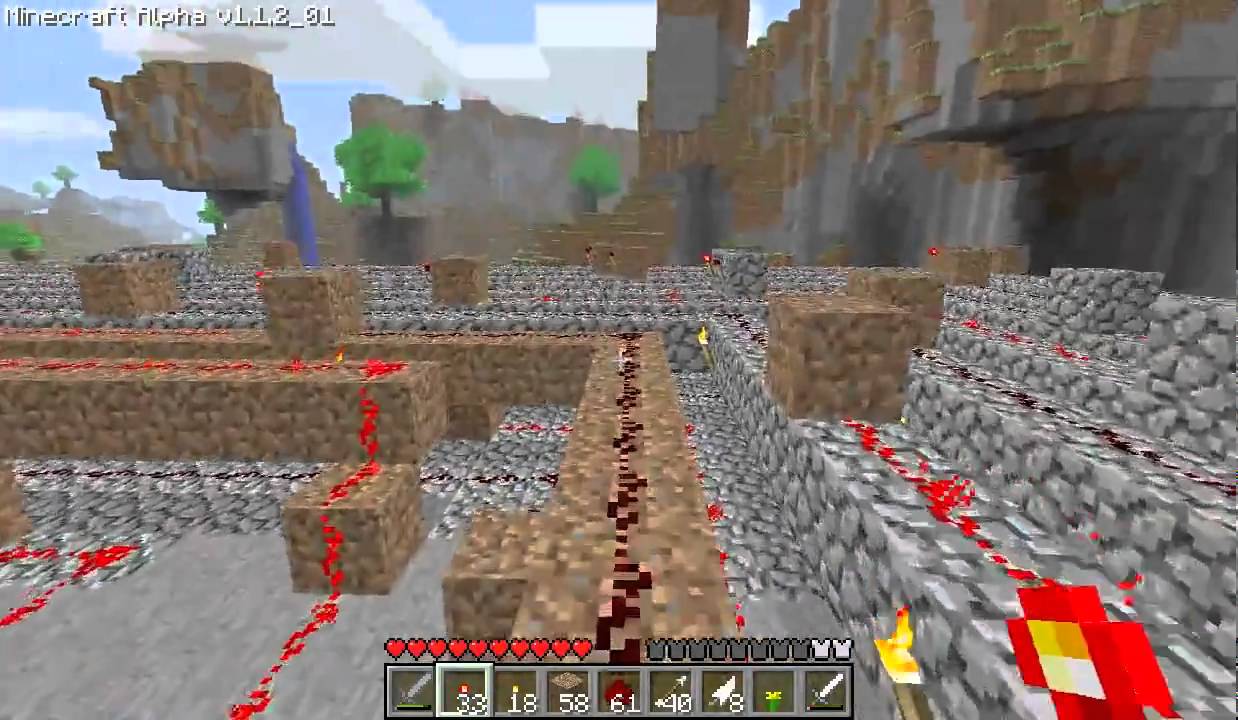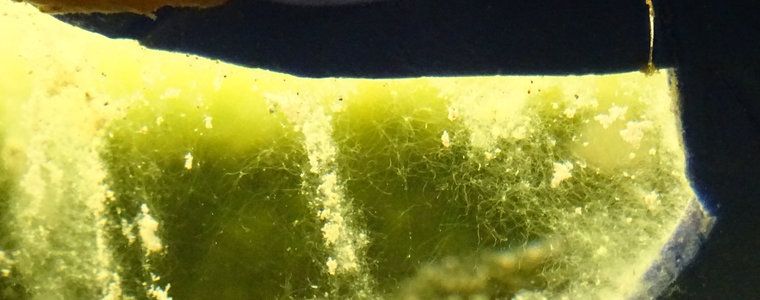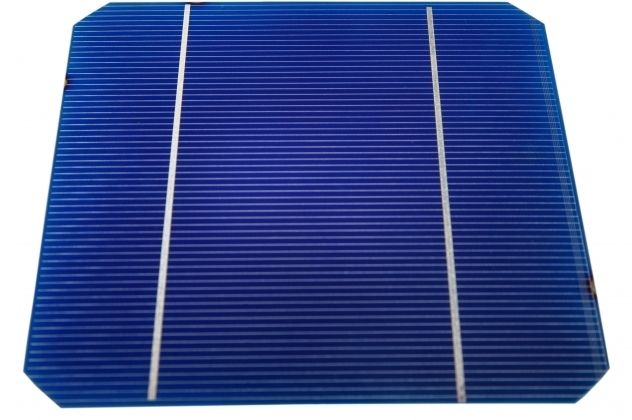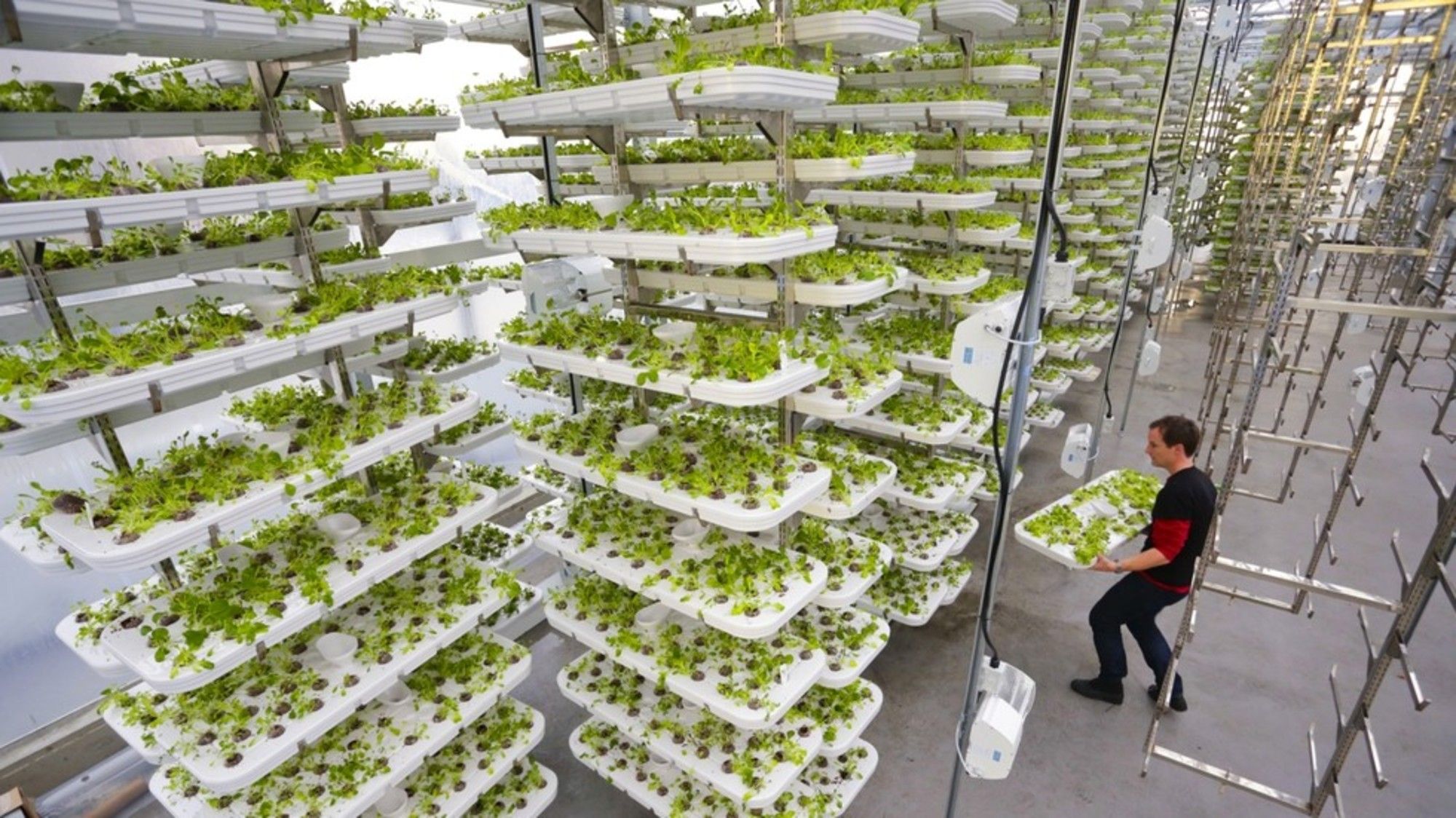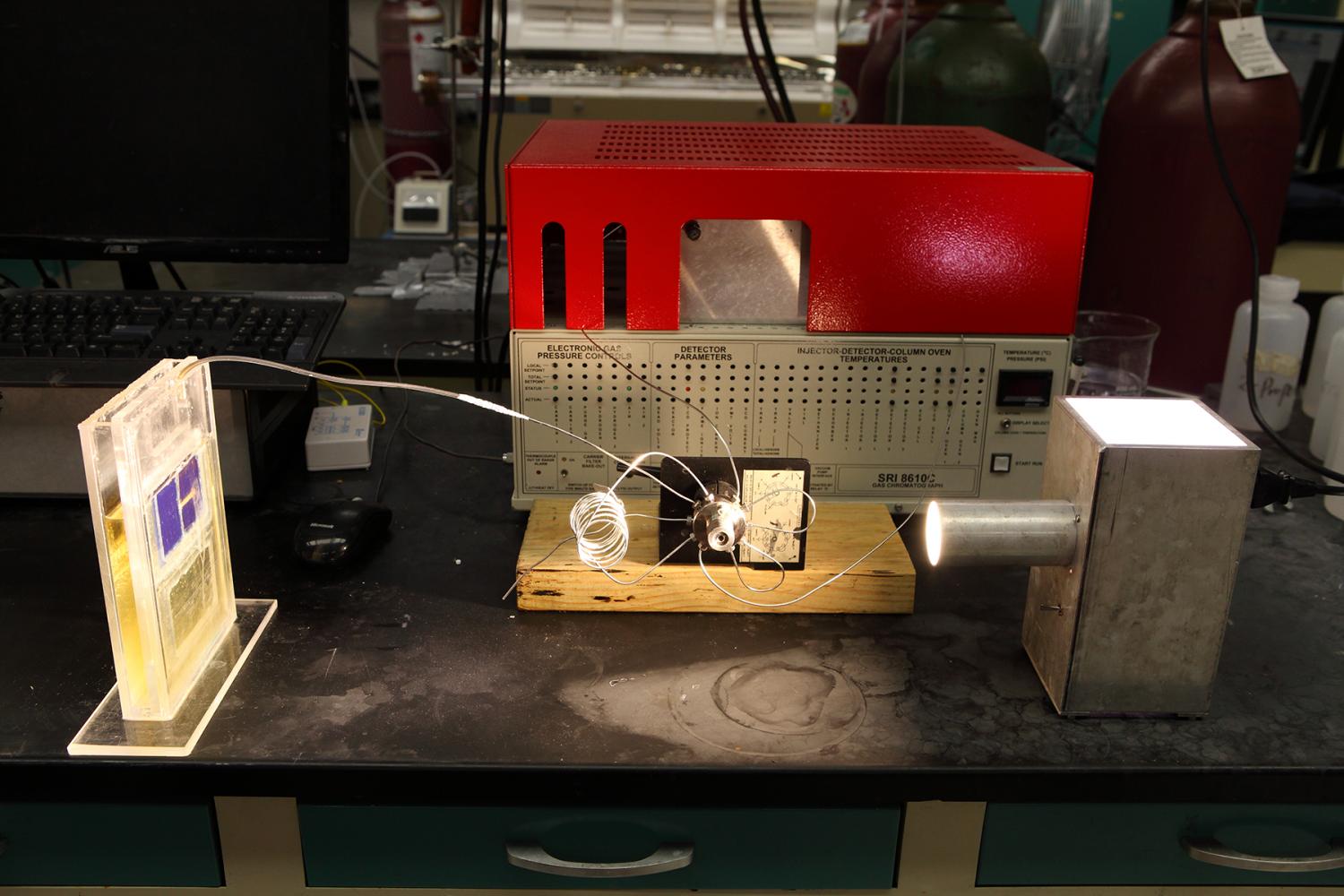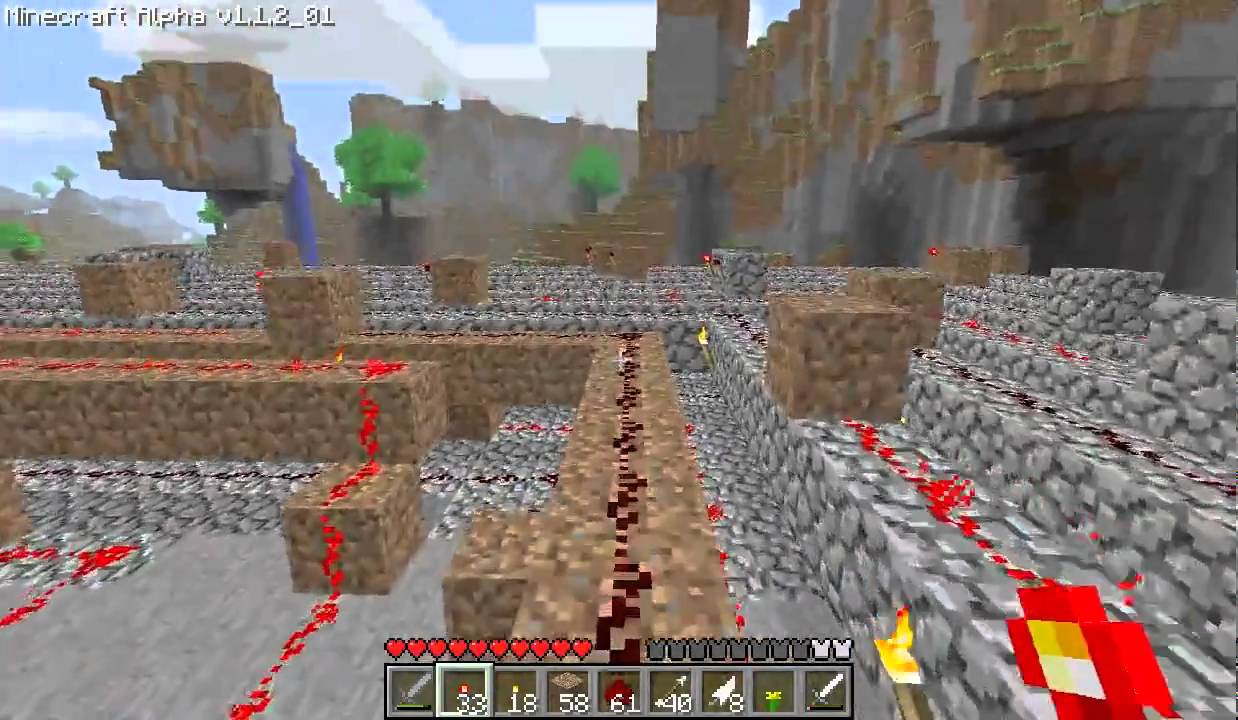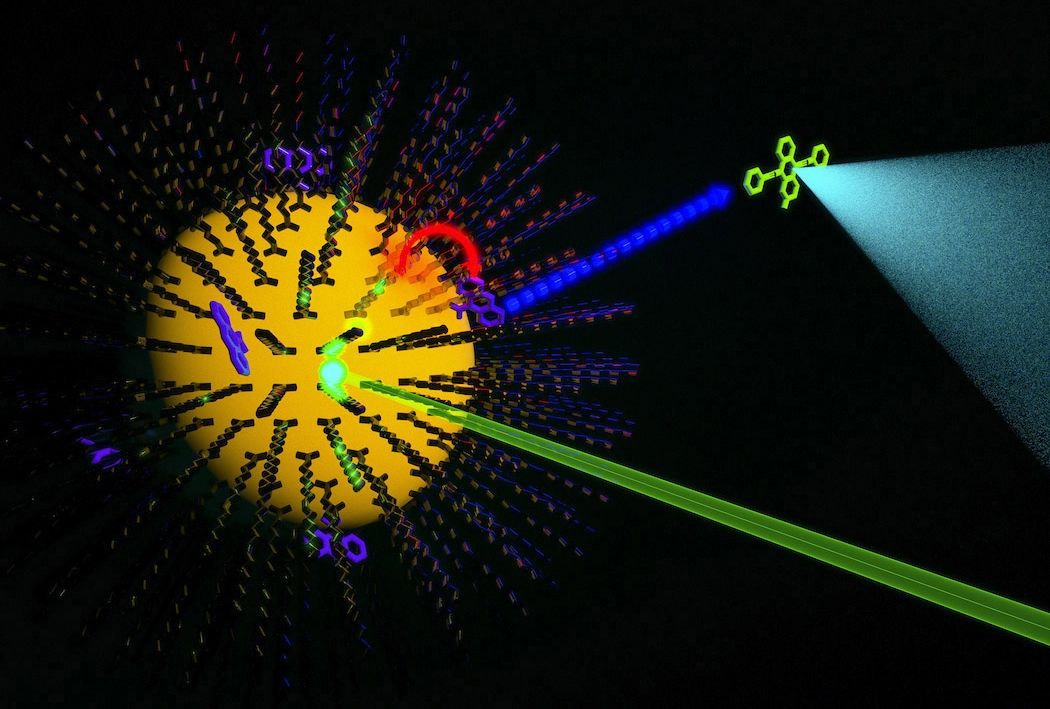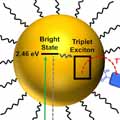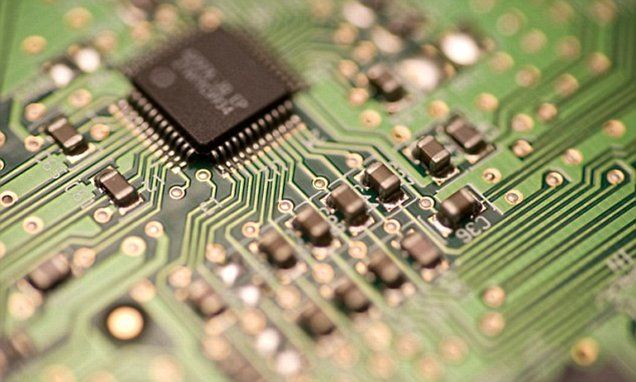Jul 31, 2016
Lab 2.0: Will Computers Replace Experimental Science?
Posted by Karen Hurst in categories: chemistry, computing, mobile phones, physics, science, solar power, sustainability
We spend our lives surrounded by hi-tech materials and chemicals that make our batteries, solar cells and mobile phones work. But developing new technologies requires time-consuming, expensive and even dangerous experiments.
Luckily we now have a secret weapon that allows us to save time, money and risk by avoiding some of these experiments: computers.
Continue reading “Lab 2.0: Will Computers Replace Experimental Science?” »
